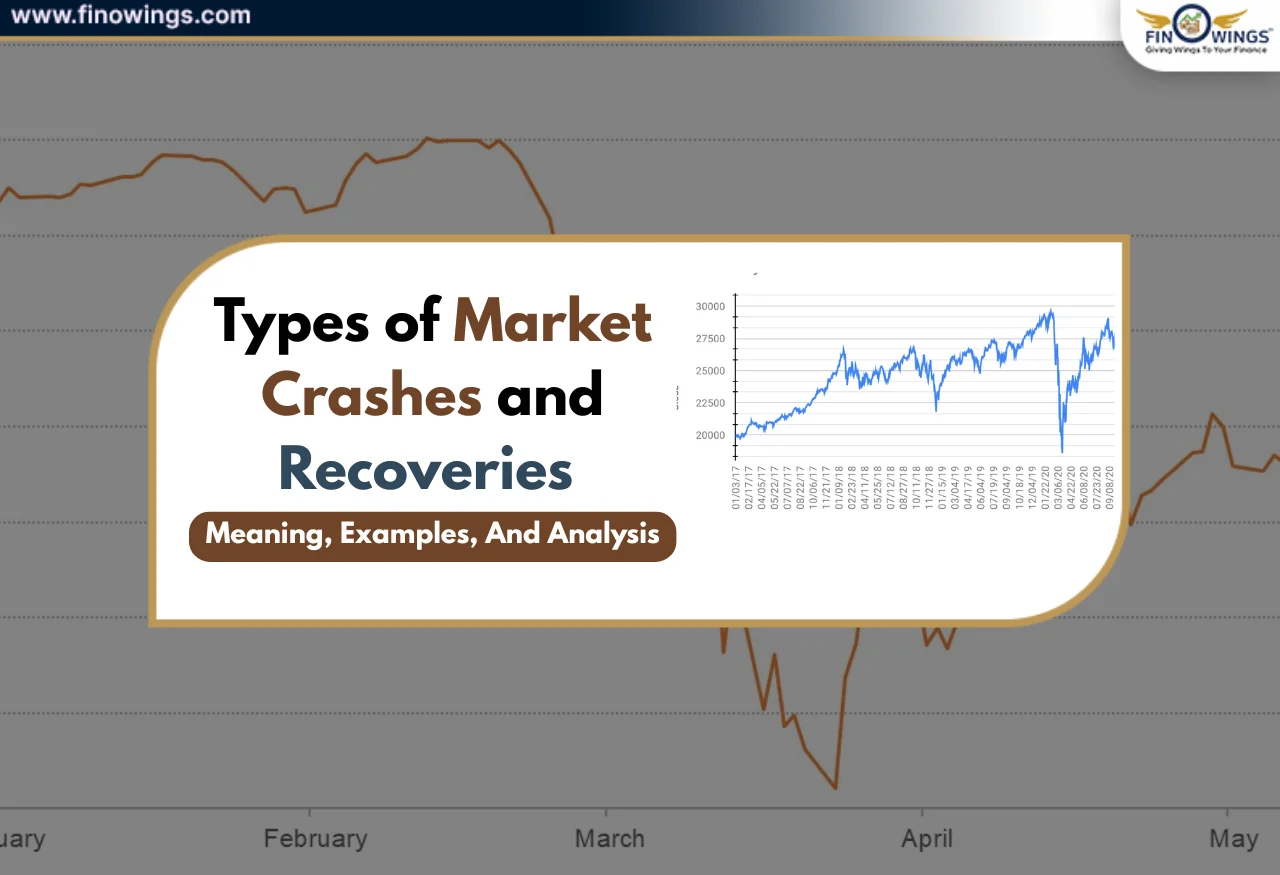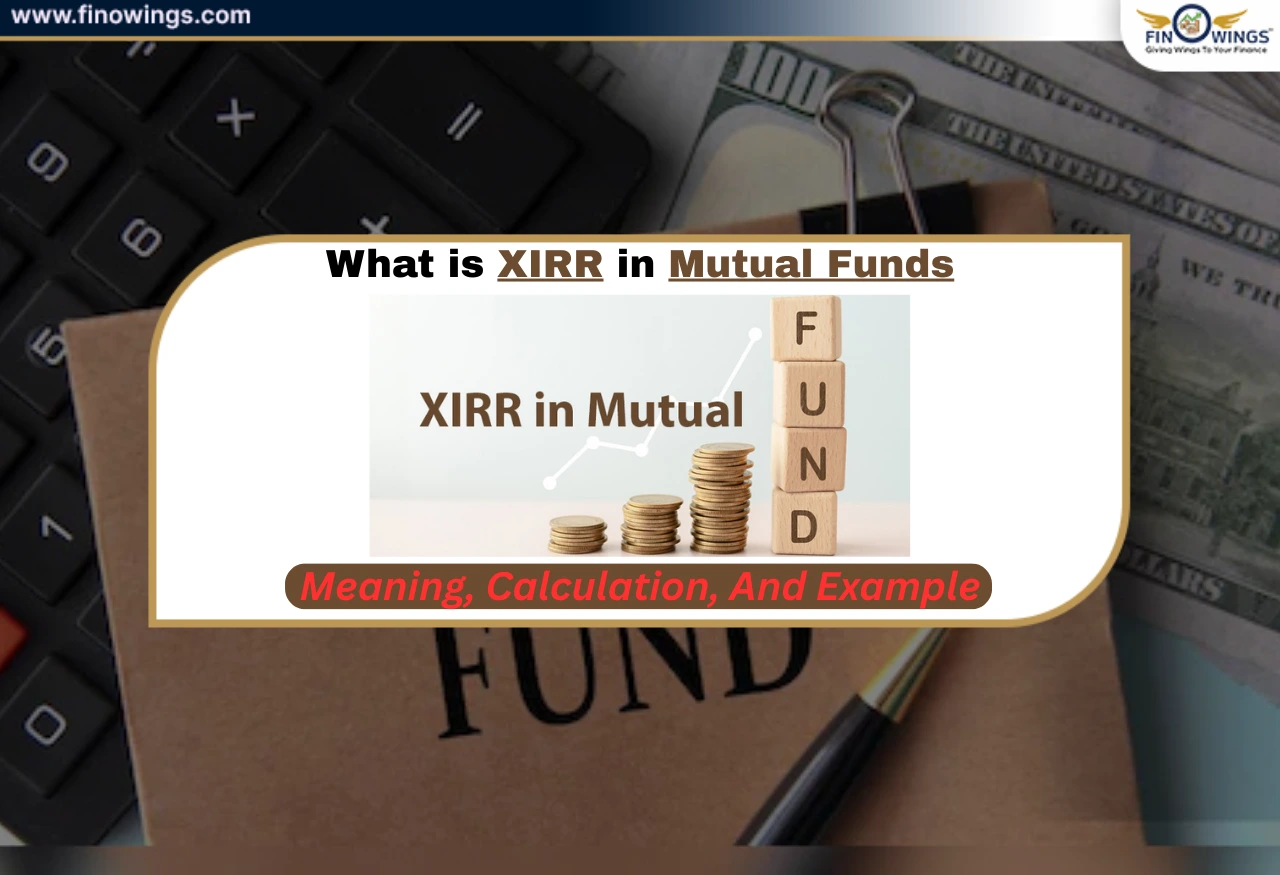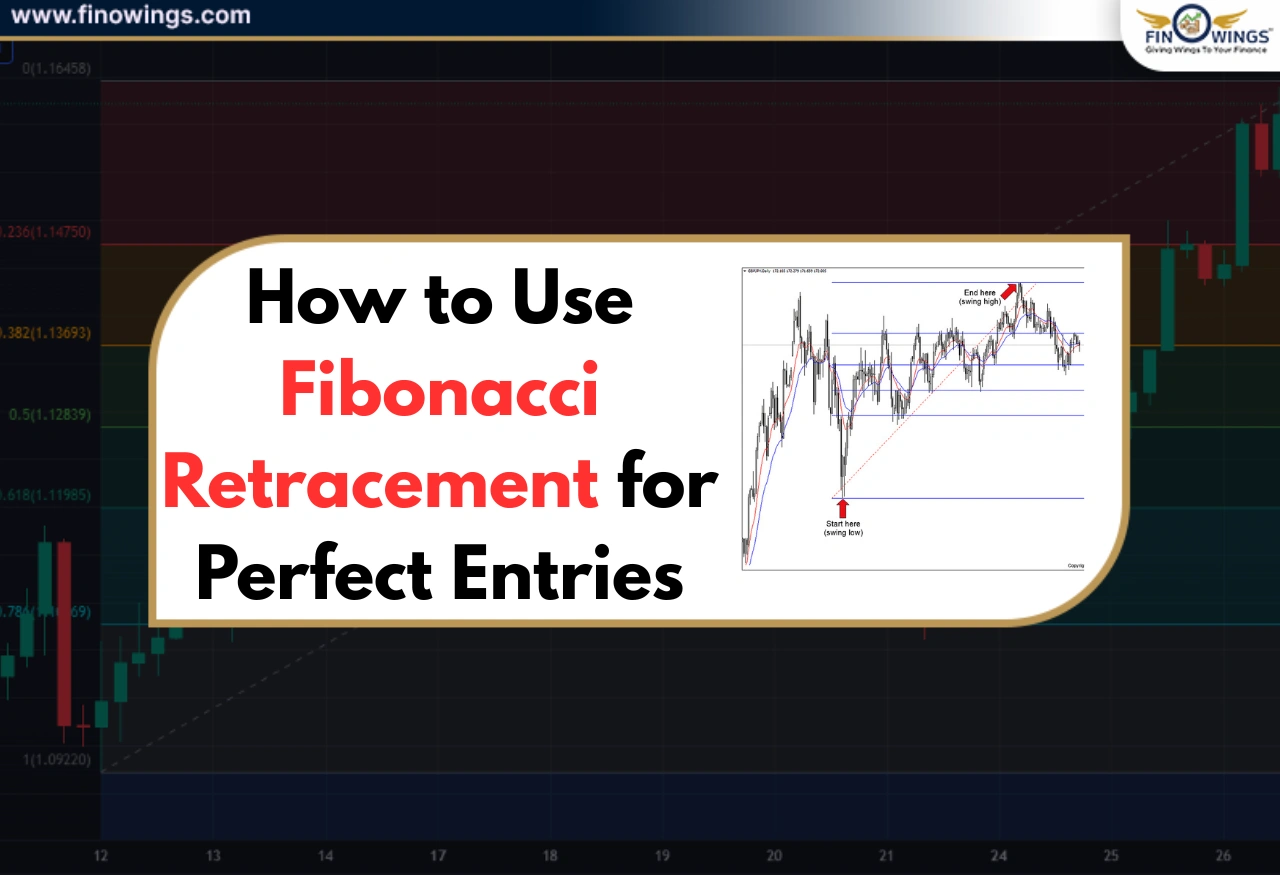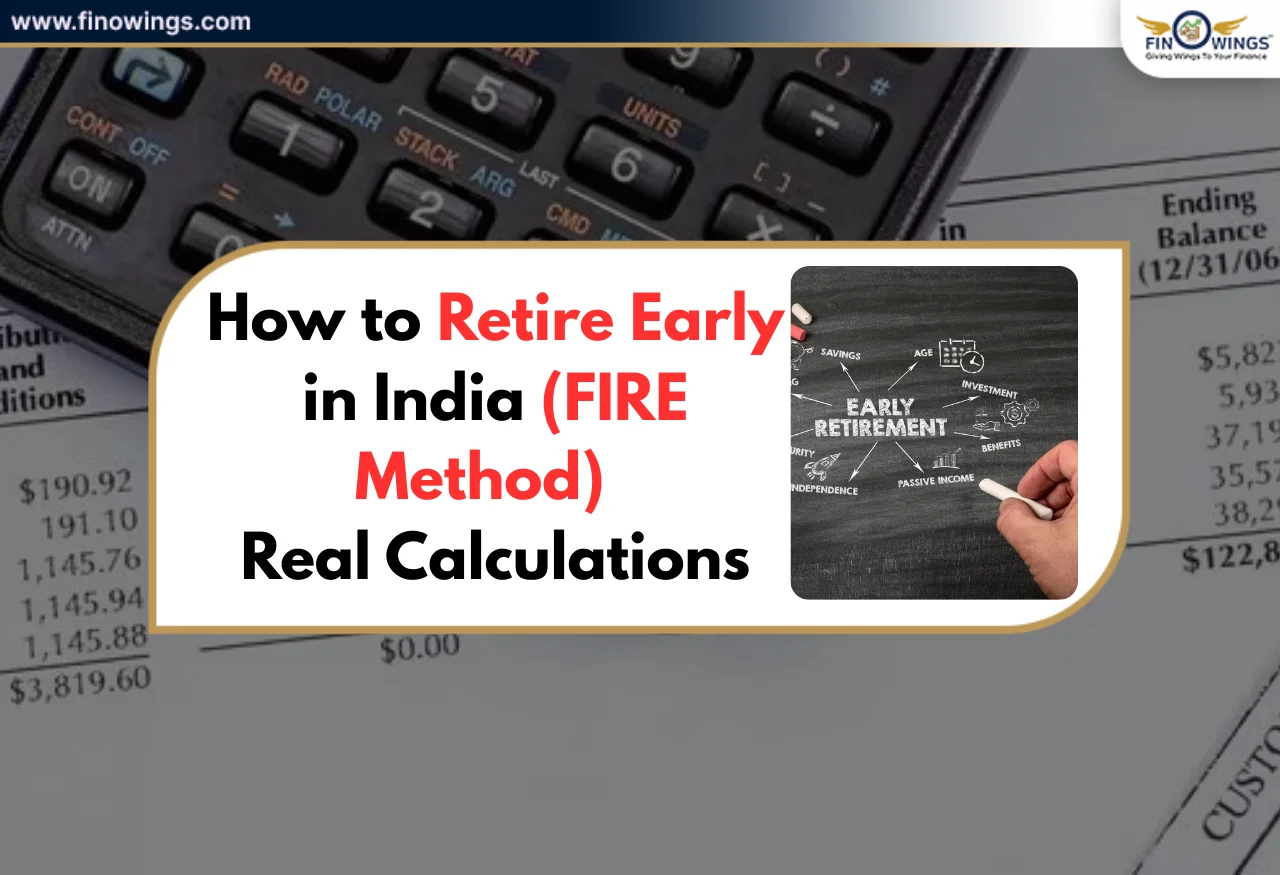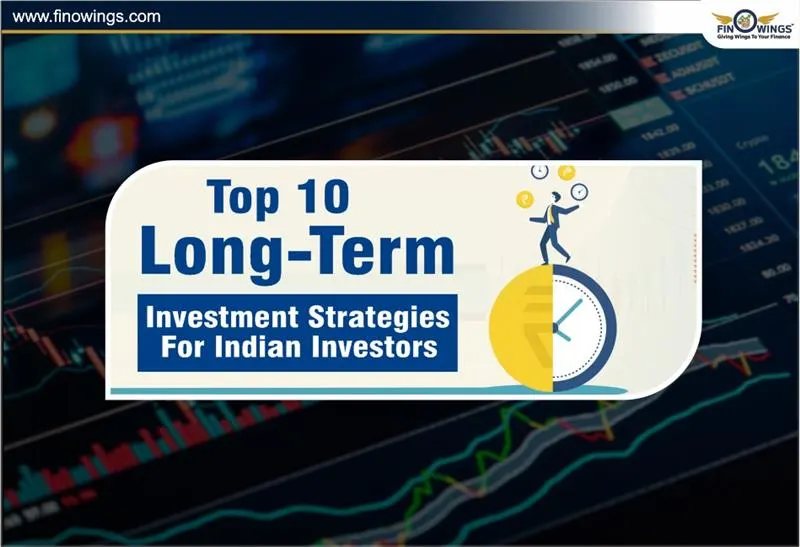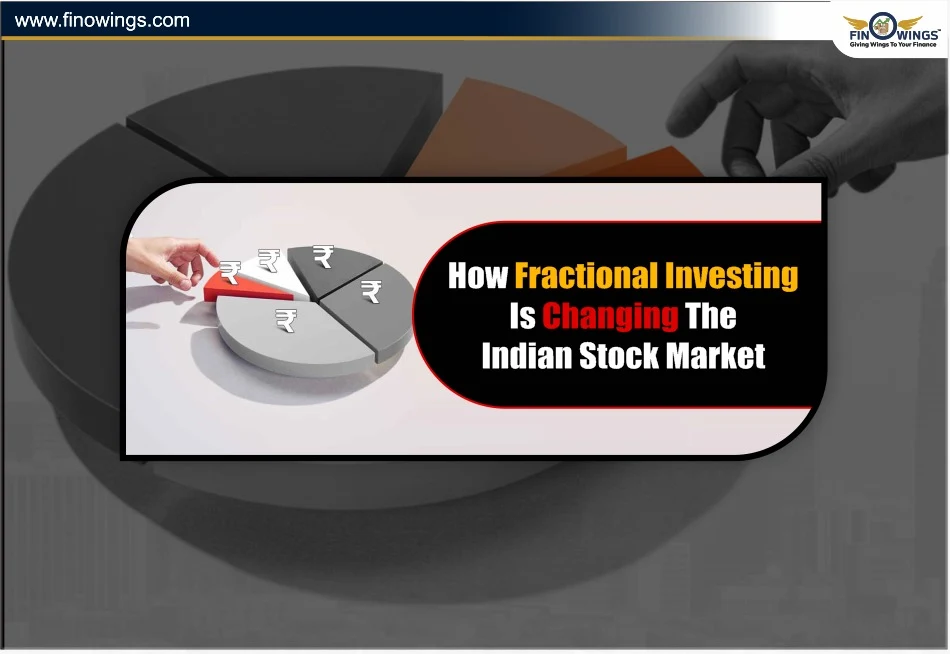Home >> Blog >> CAPE Ratio Explained: Meaning, Calculation, and How Investors Use It
CAPE Ratio Explained: Meaning, Calculation, and How Investors Use It
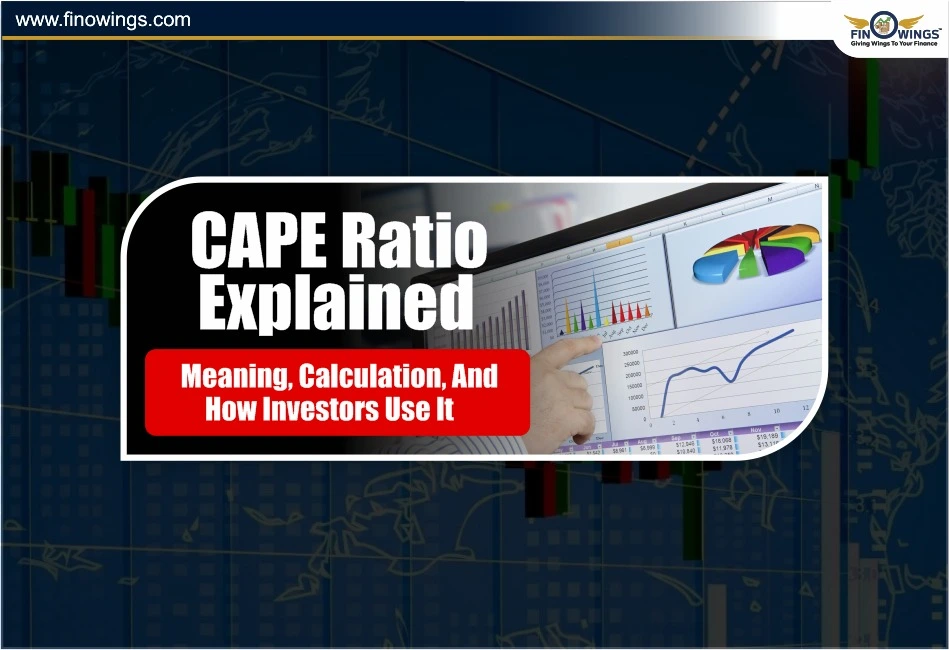
Table of Contents
- What is CAPE Ratio? (CAPE Ratio Definition)
- CAPE Ratio Full Form and Meaning
- Calculating the CAPE Ratio
- Difference Between CAPE Ratio and Traditional P/E Ratio
- Analyzing CAPE Ratio Levels
- The CAPE Ratio and Investor Behavior
- Global Examples of CAPE Ratio
- Advantages of Using CAPE Ratio
- Limitations of CAPE Ratio
- Conclusion
The Cyclically Adjusted Price to Earnings Ratio or CAPE Ratio is a long-term indicator used to determine whether a certain company is overvalued or undervalued. Because they account for both inflation and business cycle adjusted earnings, CAPE ratios are among the most trustworthy instruments for market assessment.
It is also referred to as the Shiller P/E Ratio after its creator, Robert Shiller, and is used worldwide to determine whether equities are historically over or undervalued.
The goal of this blog is to explain the CAPE Ratio along with its calculation, meaning, and how it applies to market timing and the portfolio of investors.
What is CAPE Ratio? (CAPE Ratio Definition)
A valuation tool called the Cyclically Adjusted Price Earnings tool, or CAPE Ratio, compares the current price of a company or index to the average inflation-adjusted earnings over the previous ten years.
The ratio smooths over and adjusts for the short-term profit variations caused by the economic cycle by utilizing a ten-year span. A long-term valuation is provided by the ratio.
In other words, it indicates whether the stock market, in comparison with its past earning capabilities, is overpriced or underpriced.
High CAPE Ratio → Market may be considered overvalued
Low CAPE Ratio → Market may be undervalued
Due to its long-term perspective, the CAPE ratio is usually applied by long-term investors and economists, not by short-term traders.
CAPE Ratio Full Form and Meaning
Full Form: Cyclically Adjusted Price to Earnings Ratio
Meaning: The CAPE ratio measures a company or the market’s worth by looking at current prices and average earnings, adjusted for inflation, over a period of ten years.
This "cyclically adjusted" method aids investors in not being fooled by boom and bust temporary earnings spikes, as well as losses during recessions.
CAPE Ratio: Formula and How to Calculate It
Calculating the CAPE ratio is easy:
CAPE Ratio or CAPE price earnings = Current Market Price / Average Inflation-Adjusted Earnings of Last 10 Years
Calculating the CAPE Ratio
1. Gather the necessary information.
Price of the stock/index: Rs. 25,000.
Inflation Adjusted Earnings over 10 years: Rs. 1,000.
2. Set the numbers into the formula.
CAPE = 25,000 / 1,000 = 25
This shows that after accounting for inflation the market is currently trading at 25x the average earnings over the previous decade.
Difference Between CAPE Ratio and Traditional P/E Ratio
|
Feature |
CAPE Ratio (Shiller P/E) |
Traditional P/E Ratio |
|
Earnings Period |
10 year inflation-adjusted average |
Last 12 months (TTM) earnings |
|
Purpose |
Long-term valuation measure |
Short-term valuation check |
|
Usefulness |
Smooths out economic cycles |
Sensitive to quarterly fluctuations |
|
Ideal For |
Long-term investors |
Short-term traders or analysts |
|
Inventor |
Robert Shiller |
Commonly used financial metric |
The CAPE ratio also uses 10 years of inflation-adjusted earnings to assess and provides a more stable and realistic measure of a company or market’s valuation.
Analyzing CAPE Ratio Levels
Analyzing the CAPE PE ratio involves examining the current ratio and its historical records:
-
CAPE under 15: Investor buying opportunity.
-
CAPE 15 - 25: Market fairly valued with moderate growth.
-
CAPE over 25: Possible market decline with overvaluation and scarce future returns.
The average CAPE for the U.S. S&P 500 is 17 and it shows signs of overvaluation when it is 30, and it shows signs of overvaluation when it is 30 during the dot-com bubble and the 2021 bull run.
The CAPE Ratio and Investor Behavior
CAPE cyclically adjusted price earnings is widely used for long-term decision making by institutional and retail investors. Here’s how:
1. Gauge of Market Overvaluation
CAPE earnings' overvaluation is suggested when investors pay more for each pound earned. Overvaluation is also suggested when the CAPE returns ratio is justified by decreasing returns.
2. Estimating Long-Term Returns
CAPE and future 10-year returns share a historical negative correlation. Consequently, investors rely on CAPE to project future returns for the next 10 years.
3. Asset Allocation Decisions
Long-term investors' capital shifts don’t change much when moving by CAPE levels. e.g
-
High CAPE: investors increase their exposure to bonds, dip into defensive sectors, or increase cash positions.
-
Low CAPE: Fund managers cut cash positions and increase equity exposure to stock the market with the anticipated high growth.
4. Identifying Market Bubbles
Extended periods above the norm of the CAPE ratio indicate when market speculation is excessive, like the 2000 dot-com crash and 2008 housing bubble.
This keeps investors and fund managers out of extremely overvalued speculative markets.
Global Examples of CAPE Ratio
|
Market/Index |
Approx. CAPE Ratio (2025) |
Interpretation |
|
S&P 500 (US) |
~32 |
Overvalued |
|
Nifty 50 (India) |
~28 |
Slightly Overvalued |
|
Nikkei 225 (Japan) |
~20 |
Fairly Valued |
|
FTSE 100 (UK) |
~14 |
Undervalued |
Valuation levels differ by country. This allows investors to manage geographic exposure to risk.
Advantages of Using CAPE Ratio
-
Long-Term Focus: The CAPE Ratio captures long-run market valuation shifts as earnings fluctuations are smoothed.
-
Inflation Adjustment: It takes into account the economic cycles.
-
Predictive Power: It captures expectations of long-term market returns.
-
Macro Perspective: It indicates whether the overall market is in a bubble or is a buy.
Limitations of CAPE Ratio
-
It is useless for short-term traders as it is based on 10-year averages.
-
It does not consider major structural market changes like taxation, shifts in interest rates, or global dynamics.
-
Certain industries have unique distortions – CAPE ratio values can be vastly different for varying industries.
-
The CAPE may likely underestimate/overestimate the market because it assumes that all future earnings will reflect the past.
-
Even with potential flaws, the CAPE PE ratio continues to be one of the most valued ratios for long-term analysis.
Learning about Breakaway Gap: Meaning, Pattern & How to Trade It may be very helpful for traders and investors who wish to combine short-term price action insights with long-term valuation tools like the CAPE ratio. It assists you in spotting significant trend reversals and breakout possibilities that correspond with more general market assessments.
Conclusion
CAPE remains a classic analytics and valuation ratio. It is one of the most effective methods that enables investors to understand whether a market is valued positively or negatively over time. The CAPE ratio is meant to alleviate noise and volatility by using considered earnings over a decade on an inflation basis, therefore assisting investors in understanding the market's true value.
Ultimately, the CAPE price earnings ratio encourages long-term discipline by indicating extremely optimistic and pessimistic market levels.
DISCLAIMER: This blog is NOT any buy or sell recommendation. No investment or trading advice is given. The content is purely for educational and information purposes only. Always consult your eligible financial advisor for investment-related decisions.
Author
Frequently Asked Questions
The CAPE ratio shows whether a market or stock is overvalued or undervalued based on 10-year inflation-adjusted earnings. A high CAPE suggests overvaluation, while a low CAPE signals a possible buying opportunity.
Yes, for long-term analysis. The CAPE ratio uses 10 years of earnings instead of one year, making it more stable and useful for identifying long-term market trends.
Historically, a CAPE below 15 is attractive, 15–25 is fair value, and above 25 indicates possible overvaluation. But it varies by country and market conditions.
Not exactly, but very high CAPE levels have historically appeared before major market bubbles like the dot-com crash and the 2008 crisis. It signals risk, not exact timing.
Yes. The CAPE ratio helps beginners avoid overpriced markets and understand long-term valuation. However, investors should combine it with other tools like interest rates, business cycles, and earnings growth.





